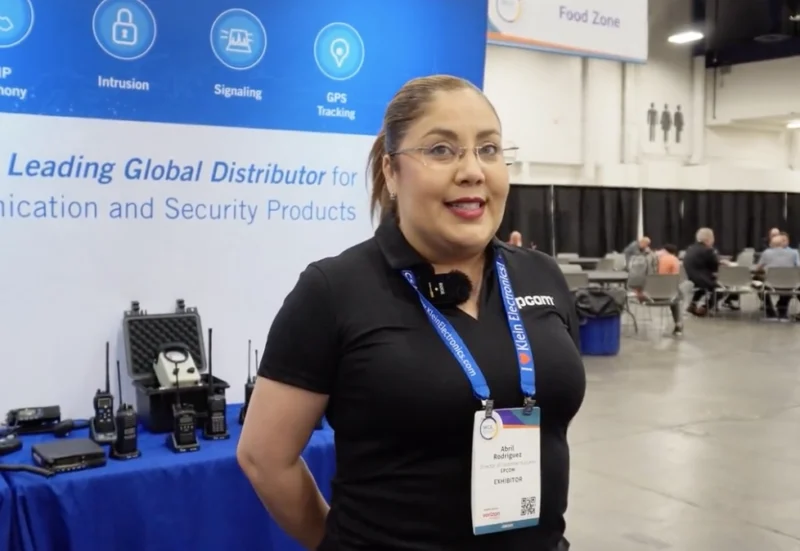Prioritizing School Safety: The Value of Two-Way Radios in School Administration
School safety is at the top of educational institutions’ minds, but the debate on the most effective communication tools within these systems for prioritizing school safety is more relevant than ever. Amidst rising concerns over emergency responsiveness and daily operational efficiency, two-way radios have emerged as a crucial asset in school administration. These devices offer an instant, reliable means of communication that can significantly bolster the safety and coordination of school activities. As schools continually adapt to the changing dynamics of safety protocols, the question arises: How can two-way radios transform school administration to ensure educational environments’ safety and smooth operation?
Kevin Dougherty, an Experienced Educator, and Chief Strategy Officer at 806 Technologies, Inc., brings his substantial insight into the strategic application of two-way radios in schools. Drawing from his extensive experience with various educational institutions, Dougherty provides a detailed analysis of the advantages these devices offer in ensuring schools’ security and operational efficiency.
Key Takeaways from Kevin Dougherty’s Analysis:
- Instant Communication: Two-way radios provide immediate contact among school leaders, which is critical in emergency situations and daily operations alike.
- Prioritizing School Safety: The primary use of two-way radios in schools is to enhance the safety of students and staff by allowing for swift responses to any situation that may arise.
- Operational Efficiency: These devices help manage the complexities of running a school, from coordinating movements of large groups to handling unexpected visits.
- Reliability: Unlike other digital communication tools that may fail during power outages or network issues, two-way radios are consistently reliable.
- Scalability: The use of two-way radios is effective regardless of the size of the school campus, supporting communication in environments ranging from small schools to large institutions with hundreds of students and staff.




